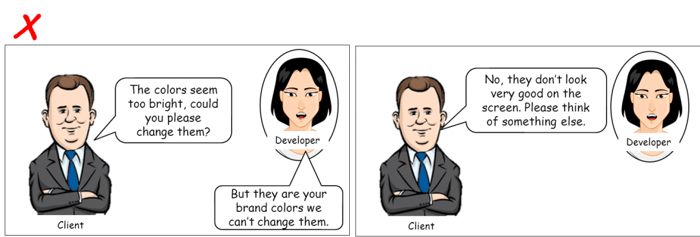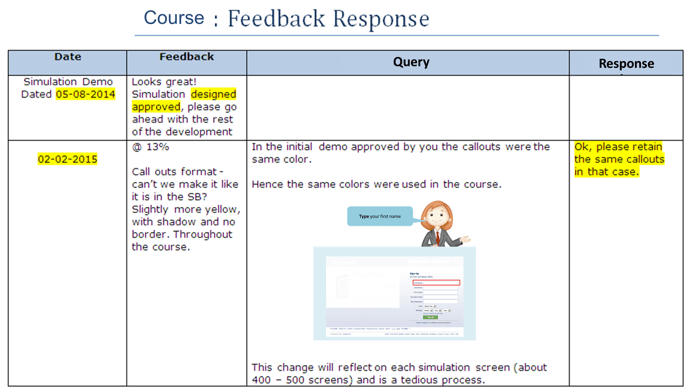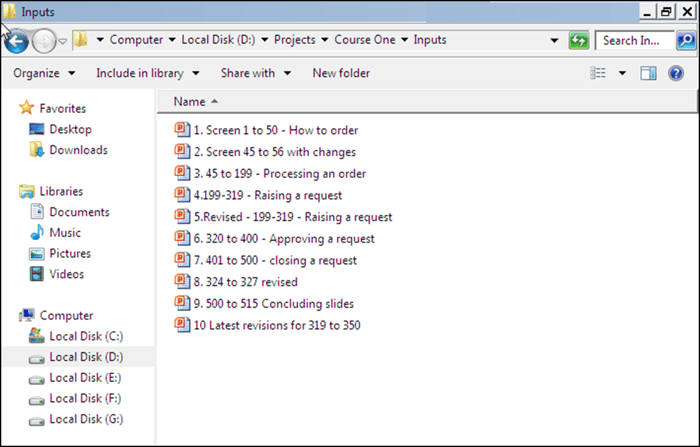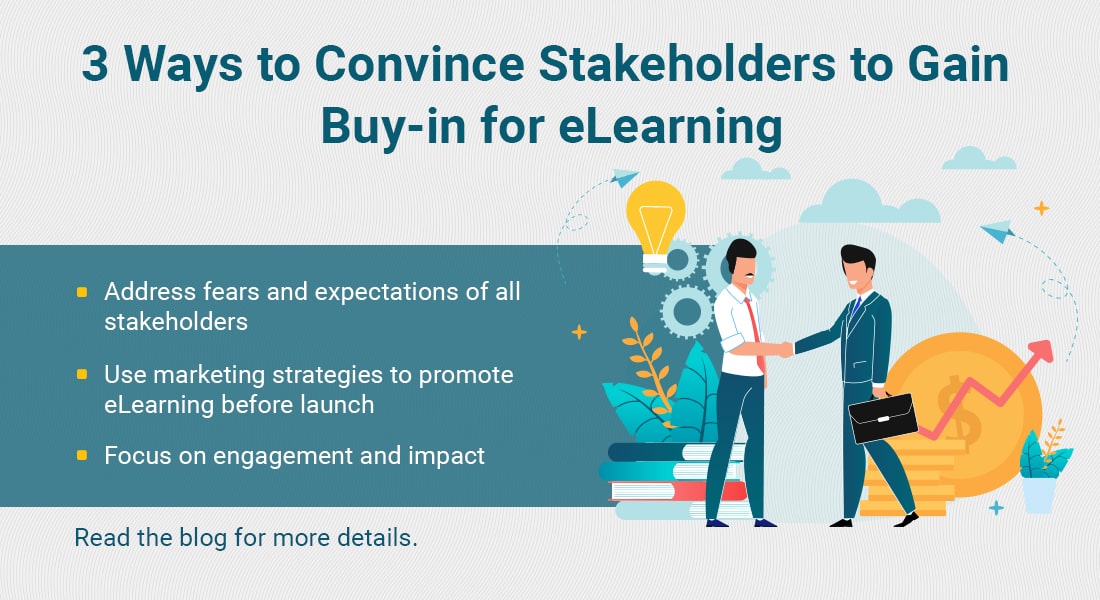How to Deal with Difficult Stakeholders for Your E-learning Course

Many of you must have had an opportunity of interacting with a difficult stakeholder! I am sure you have gone through this scenario at least once as a part of learning and training experience with corporate organizations! No matter how hard you try or how well you work, there are a few stakeholders who cannot be satisfied easily. Love them or hate them, but you surely can’t ignore them.
Dealing with all kinds of people is a part of our jobs; so how do we keep ourselves cool while dealing with stakeholders who will not take “no” for an answer? Let me share with you my experiences in dealing with a difficult stakeholder.

1. Be Firm but Kind
You may not know this, but the way you talk to your stakeholder sends them a clear message of who the boss is. If you just stick to saying “yes,” “no,” and “ok,” your stakeholder will take the lead and eventually end up dictating terms to you. Now this does not mean that you speak loudly to a customer to stick to your point. Be firm yet kind at the same time; here’s a scenario – your stakeholder isn’t happy with the colors used in the course, even though they are his organization’s brand colors. How can you tell him that the colors cannot be changed completely at this stage without sounding rude?


2. Keep a Track of the Feedback
Many a times we are so caught up with just updating the feedback that we forget to keep a record of the earlier feedback. Now you may wonder as to why we need to bother to keep a record of old feedback when it has been updated? Let me tell you why. We had a course based on the procurement process of an FMCG company; the course required “Watch and Try” simulations to educate procurement managers on the new process. The course was in its final stages of development when the client asked us to change the instruction call out design in all the “Watch and Try” simulations; this meant a rework on roughly up to 500 slides. Now this task was time consuming; it also didn’t really have a major impact on the learning. So to handle this situation, we went back to the initial feedback given by the client when the first simulation was sent for approval and found that the colors were approved by them even in the beginning.
We sent across that feedback sheet along with the stakeholder’s comments about the colors, and succeed in avoiding tons of rework in this process. Have a look at how the previous feedback was used to respond to the new change.

Making a note of all the feedback may seem a huge task, but you never know when you may need to refer it to again.
3. Adjust your Mindset
When we normally start working for a course, we are given a timeline to follow; but what do you when you are given only half the inputs and half the timeline and are asked to develop the course?! The biggest problem when working with a partial storyboard is that 9 out 10 times, there will be slides and animation added at the last moment, messing up on your timelines and delaying the submission.
For instance, we had completed the entire course development and were told that a few conclusion slides (2 or 3 PowerPoint slides) will have to be added. By prior experience in a similar instance, we knew that the conclusion slides would be somewhere between 15 to 20 PowerPoint slides with additional audio that would need to be recorded. Keeping this in mind, we set an internal plan on when and how the slide will be created and the audio will be sent for recording. Not surprisingly, we received a 19-slide PowerPoint named conclusion slide with new audio. This time we kept our heads cool and as per our internal plan created the animations, integrated the audio all within a day and finalized it on the same day.
Just to give you an idea of how many chunks of inputs/storyboards were received for this course; do take a look at my inputs folder.

You may at some point encounter such stakeholders; you may seem frustrated, tired and annoyed at the same time. But such stakeholders are a learning experience; they prepare you for the worst case scenario that you can come across.
What did I miss?
Have you been able to handle difficult stakeholders successfully? What did you do when you came across such a scenario?





